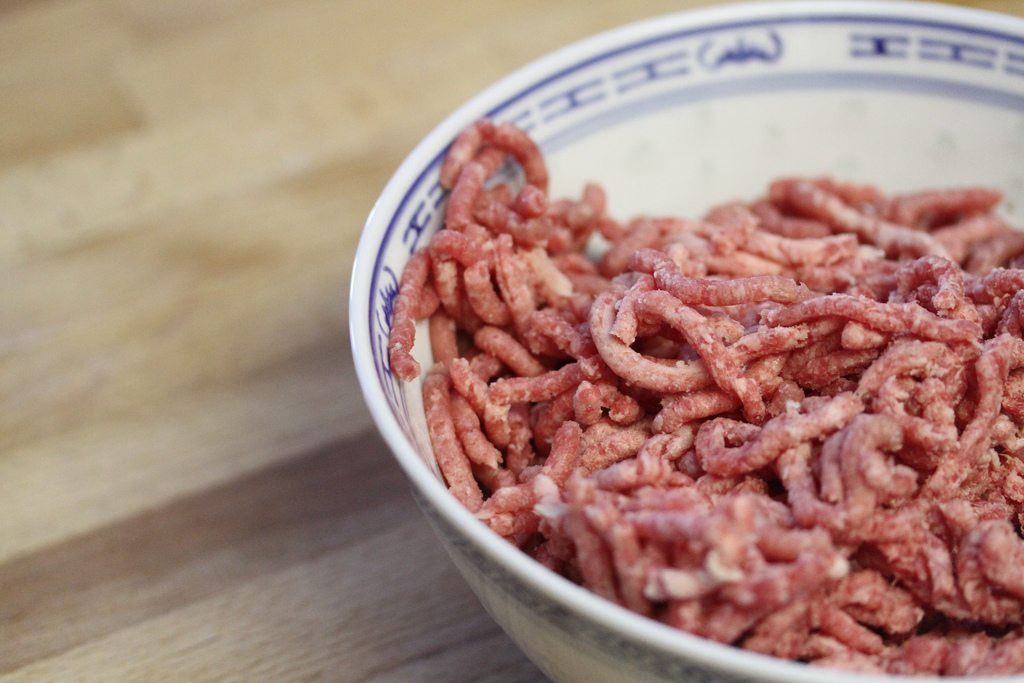The Food and Drug Administration (FDA) on Thursday announced that it has begun spot testing frozen berries for hepatitis A and norovirus. The testing will last 18 months and commenced in November of last year.
Frozen berries were implicated in just four outbreaks in the United States between 1997 and 2016. Three hepatitis A outbreaks caused 405 illnesses and 53 hospitalizations, and one norovirus outbreak resulted in 136 illnesses. Europe saw a widespread hepatitis A outbreak linked to frozen berries about five years ago that sickened 1,500 people. These viruses were likely spread through contaminated water or via infected workers who hadn’t washed their hands properly. Freezing doesn’t typically kill hepatitis A or norovirus. Cooking frozen berries would eliminate the risk, but many people eat them raw.
The sampling program is part of a broader government effort to improve food safety through targeted testing. After the Food Safety Modernization Act (FSMA) was passed in 2011—the largest-scale food safety reform in more than 80 years—FDA focused on a handful of commodities each year, testing for common foodborne pathogens like salmonella and E. coli. The agency kicked off its efforts with raw milk cheese, whole avocados, and sprouts, then moved on to hot peppers and cucumbers. Last year, FDA tested fresh herbs and guacamole, and now frozen berries have moved to the fore.
Each phase of testing lasts for about 18 months and includes hundreds (sometimes thousands) of samples taken from imports and exports at every point along the supply chain. The idea is that this method will reveal overlooked patterns in pathogen transmission: Berries packed in July may be particularly prone to carrying norovirus, for instance, or maybe a cluster of samples testing positive for hepatitis A comes from the same region, indicating potential water contamination.
So far, the agency has made similar discoveries in other foods. A small number of sprouts growers were responsible for a disproportionate number of contaminated samples in 2014, so officials ramped up inspections and issued recalls. The following year, FDA found that imported hot peppers were tainted with salmonella at a much higher rate (3.48 percent) than their domestically grown counterparts. Peppers grown in the Dominican Republic, for example, had particularly high contamination rates, so the agency quarantined some shipments of peppers and worked with local officials to train growers and packers in food safety protocols. Less than 1 percent of raw milk cheese tested positive for the target pathogens in 2014, so the agency did not draw any broad conclusions. Final reports have not yet been issued for cucumbers, herbs, or guacamole.











